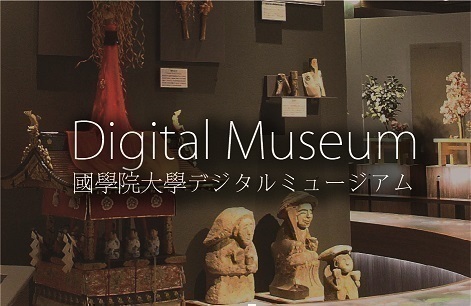- トップ
- Encyclopedia of Shinto
- Tennōsei, Tennōseido
Encyclopedia of Shinto
| Main Menu: | |
| Links: |
詳細表示 (Complete Article)
| カテゴリー1: | 3. Institutions and Administrative Practices |
|---|---|
| カテゴリー2: | The Emperor |
| Title | Tennōsei, Tennōseido |
| Text | The origins of the tennō (Heavenly Sovereign or emperor) and the various systems associated therewith are largely unclear. However, there are ancient beliefs set out in Kikishinwa (the mythology expressed in the Kojiki and Nihongi) that the descendants of Amaterasu hereditarily passed down the rank of emperor and, as the symbols of their rank, the successive emperors have transmitted to their heirs the three sacred regalia (sanshū no shinki) — the sword, jewel, and mirror. After the Taika Reforms (646 CE) continental thinking and administration systems (ritsuryō) were adopted. An imperial capital built on a grid pattern and divided into wards (jōbō) was founded. Various court ceremonies such as those associated with succession (sokui, senso), transmission of the imperial rank to a successor through abdication (jōi), distribution of the calendar to the provinces (hanreki), and proclamation of a new era name (kaigen) were all regularized. Likewise, the official title (tennō) as well as the bureaucratic post and rank (kan'i) system were established in Chinese style. Nonetheless, old ways most likely persisted in palace rites and ceremonies of imperial succession. For instance, in the rites of imperial initiation, the Daijōsai was given particular importance, the Grand Shrines of Ise (Ise Jingū) where Amaterasu was deeply venerated and when regular and extraordinary rites were determined, old traditions were included in these. As the organ of state managing all of these rites, the Department of Divinities (Jingikan) was established. In addition, the Imperial Household Ministry (Kunaishō) was established to oversee the affairs of palace and emperor. The tennō system as constituted by the ritsuryō codes was significantly restricted by the emergence of both the system of cloistered emperors and also the reign of military regimes during the middle ages and the early modern period. As a result, most of the functions of the tennō system were heavily restricted and the system was reduced to a mere façade. However, the Kyoto court continued to function until the end of the Edo period (1603-1868). Recent research has made it clear that even during the Warring States period during the late fifteenth and sixteenth centuries, when the position of the emperor was at its weakest, he still held the powerful right of mediation (chōteiken). Therefore, rather than representing the revival of a completely disrupted system, the so-called Restoration of Imperial Rule (ōsei fukko) in 1868 signified the reemergence on the national stage of the ritsuryō emperor system as it had been in fact continuously practiced at the court from the Nara period through to the end of the Edo period. In the modern period, as Japan came to have more exchange with Western European countries, the need arose for it to fall into step with the monarchical systems of the West. This led to a reexamination of such matters as the title of the tennō, official documentation, and diplomatic protocols as well as the consideration of the legal position of the tennō, the scope of the imperial family and the issue of imperial succession (kōi keishō). On February 11, 1889, the Imperial Household Law (Kōshitsu Tenpan) and the constitution were proclaimed. As well as having the position of ruling the nation and commanding the army and navy, a more modern looking tennō system was created. This included the revocation of the power of the emperor to create imperial princes (shinnō senge) which had existed since the Heian period; the clarification of the order of succession, which had previously been based on the reigning emperor's will; and also the denial of the previous systems of abdication and female emperors. However, only the basic provisions of the emperor system were set out in the Imperial Household Law and constitution, so it was not until later that many imperial rites and subjects concerning the imperial family were systematized, in a series of imperial ordinances beginning in 1907. The post-war constitution of Japan (also referred to as the "Showa constitution") defined the tennō as the symbol of the unity of the people and stated that the emperor was to have no direct participation in the affairs of state beyond his functions laid out in the constitution. Most of the traditional imperial rites performed at the palace became private affairs of the imperial household. Nonetheless, reverence for the tennō and the imperial household remain strong and various festive occasions of the imperial household (such as the emperor's birthday) are also celebrated by the people. In addition, the emperor and other members of the imperial family play a major role in non-political "imperial household diplomacy," nurturing good relations with other countries around the world. Until the present the term tennōsei has been widely used when discussing the emperor and the imperial household, but because this term has been used for the purpose of criticizing the emperor's existence, recently there has been a trend to use the more value-neutral term "tennō-seido" instead. — Shima Yoshitaka |




